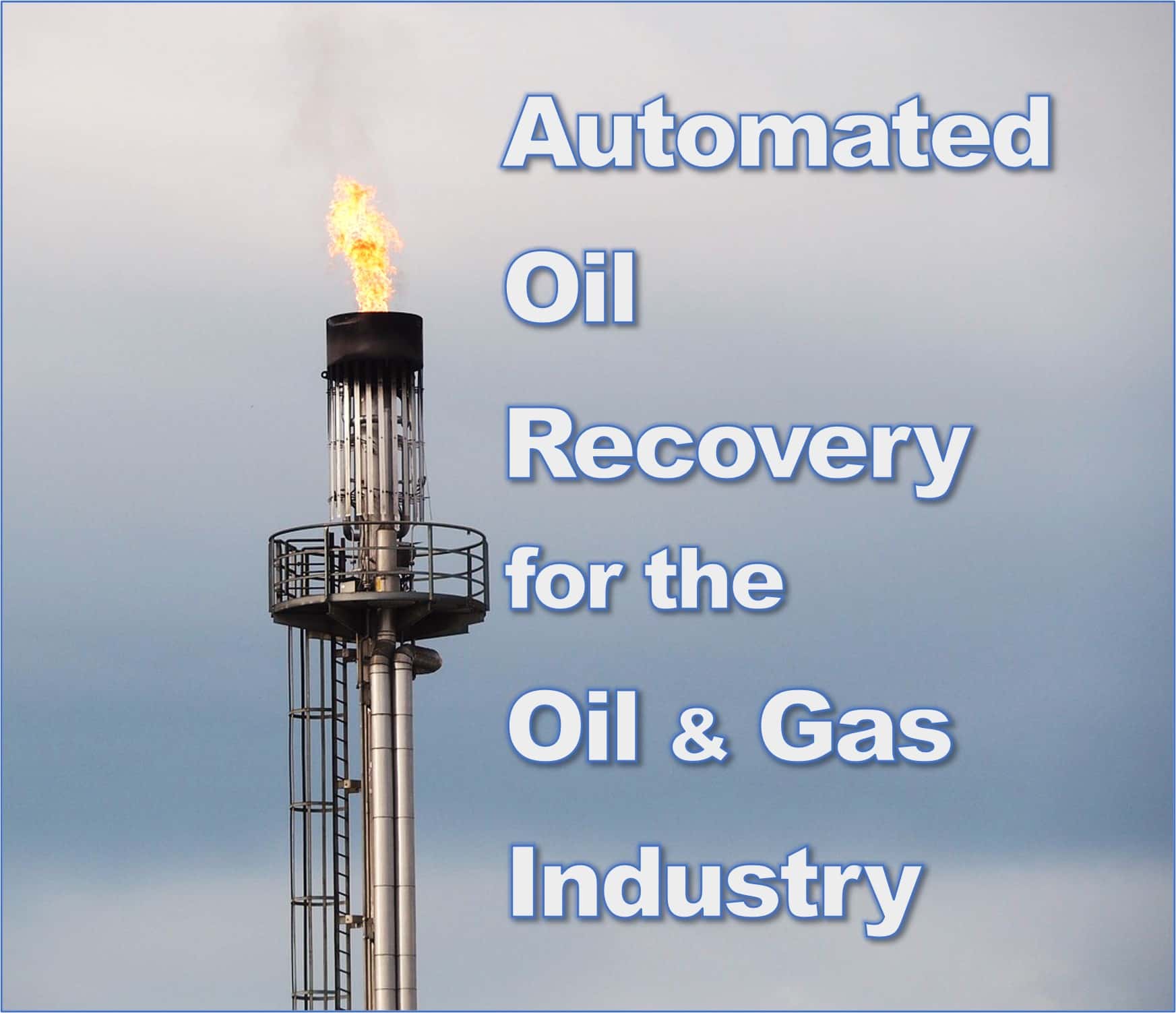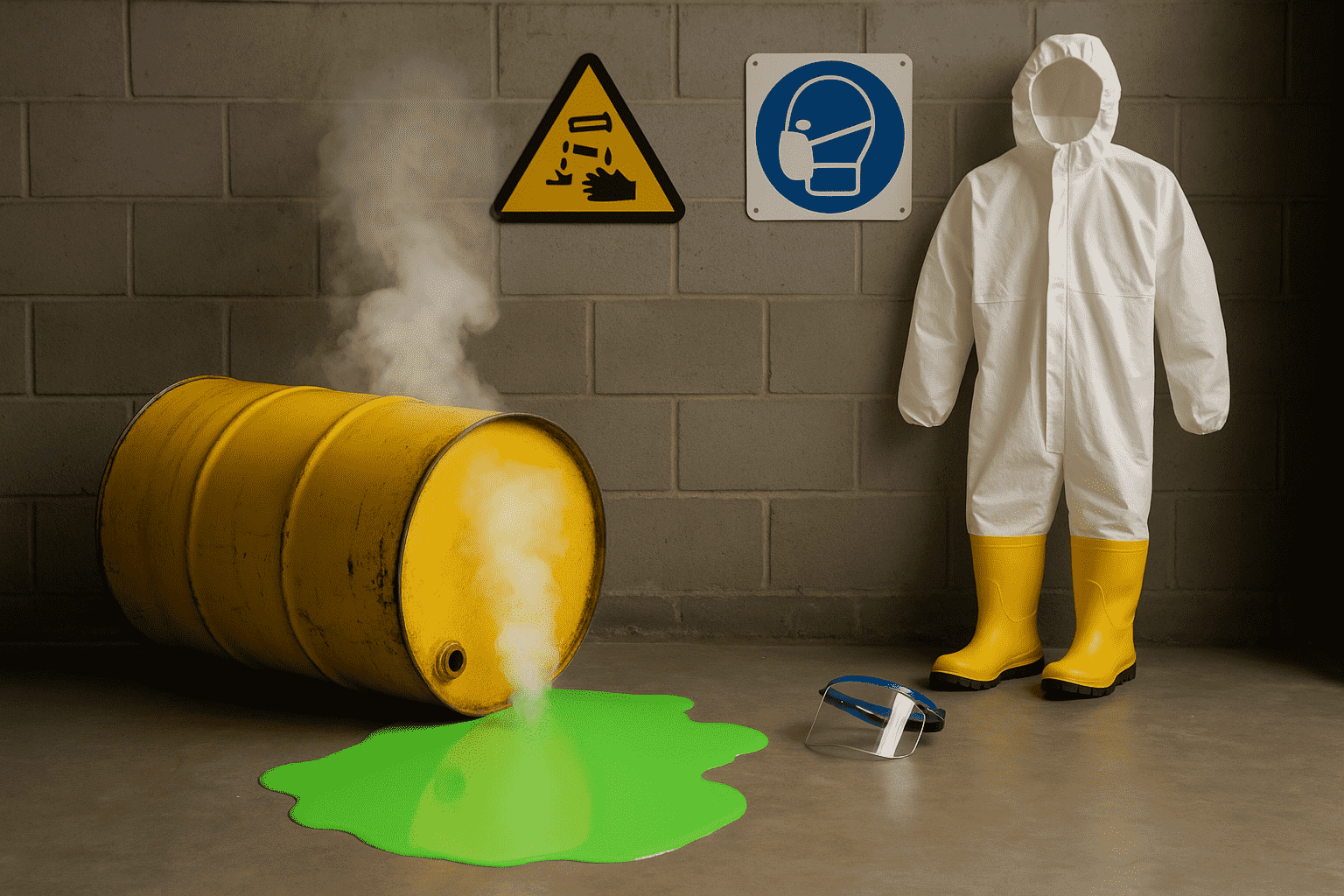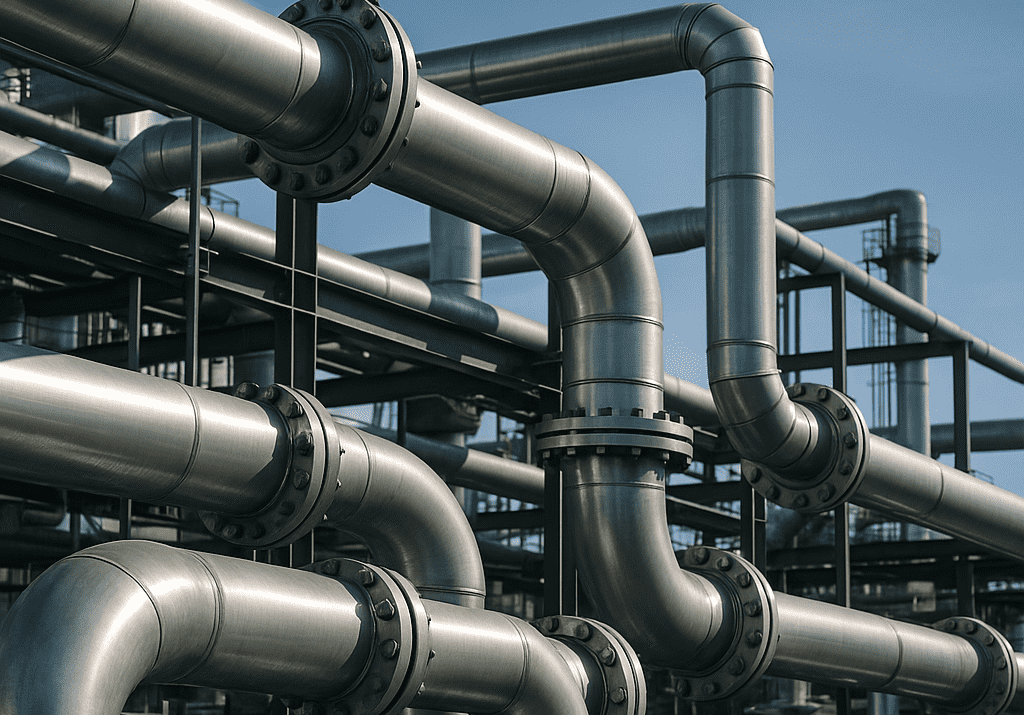Revolutionizing the Oil & Gas Industry with Automated Oil Recovery Systems

The oil industry produces waste oil, one of the most hazardous wastes. The impact of waste oil on the ecosystem is long-lasting and significant. The oil industry strives hard to control the seepage of waste oil into the surrounding environment by implementing various methodologies. In recent times automated oil recovery systems have proved to be effective in preventing the seepage of waste oil into the surrounding environment.
What is an Automated Oil Recovery System?
An Automated oil recovery system uses oil recovery equipment with sensors, automatic control devices, computer technology, and software engineering to manage oil recovery across processes, for example, slug catcher.
Slug catcher is used in upstream oil production facilities and has the potential to release large amounts of hydrocarbons into the surroundings leading to contamination of the environment. An automated oil recovery system can help prevent leaks by recovering oil from the slug catcher bay. A series of equipment are used to contain and recover oil from the slug catcher bay. The entire process is automated and it requires minimum human intervention.
How Does an Automated Oil Recovery System Work?
In case of oil recovery from the slug catcher bay automated oil skimmers along with oil containment booms are deployed for effective oil recovery and leak prevention.
The oil recovered from the oil catcher bay is transferred to the slop pit and further, it is pumped to the main slop tanks. To recover oil from the oil catcher bay an automated disc skimmer can be deployed. The disc skimmer operations are sensor-based. On confirming the presence of oil, the disc skimmer operates. On operation, the partially submerged disc rotates at a certain predefined speed. The oil adheres to the surface of the disc as it rotates, a wiper removes the oil from the surface of the disc which gets collected into a tank. The oil recovery process is based on sensors, control devices, and computer programming. To recover low viscosity oils an automated weir skimmer can be deployed. The use of automated oil skimmers should be based on the oil recovery requirements. Containment booms also form a part of automated oil recovery systems, they restrict oil seepage into the surroundings.
A need-based integration of automated oil recovery equipment such as oil skimmers, oil water separators, decanters, vacuum systems, and containment booms can be designed for a particular process.
The oil & gas industry is constantly under pressure to prevent hydrocarbons from entering the surroundings. The use of automated oil recovery systems proves to be beneficial to the oil industry in a number of ways. Some of the advantages of automated oil recovery systems for the oil & gas industry are:
- 1. Waste Minimization: waste is generated at various stages of operations, such as drilling, production, refining, and maintenance. These processes have large amounts of hydrocarbons which have the potential to contaminate the environment.
The use of an automated oil recovery system ensures the timely recovery of oils from the point of waste generation and helps in waste minimization. Thereby, aiding effective waste management and disposal for the oil & gas industry.
- 2. Conserve Resources: automated oil recovery systems are environment-friendly as they do not use any chemicals, and do not change the composition of the recovered oils. These systems ensure the recovery of oils and water as a by-product. Both oil and water are precious natural resources, which can be recycled and reused.
An automated oil recovery system efficiently recovers oils. It can also remove contaminants from water thus giving both the natural resources a second chance.
- 3. Disposal: hydrocarbons have a long-lasting adverse effect on the ecosystem when released into the environment as waste. Regulatory bodies across the world have strict norms for the release of waste/effluent into the environment.
The disposal norms have set parameters that can be achieved with automated oil recovery systems. These systems help adhere to local regulations and environmental guidelines for safe and responsible disposal.
- 4. Hazards: oil & gas facilities are hazardous. Any leaks or unsafe disposal when ignited can lead to huge damages. Automated oil recovery systems are safe for operations in hazardous environments. They do not require continuous human intervention and they efficiently recover oil. The system minimizes waste and can help in leak prevention thereby considerably reducing the potential of possible untoward incidence.
Effective waste management has become crucial for the oil & gas industry throughout various phases such as exploration, extraction, refining, and distribution. The quantity and type of waste generated may differ at every phase. Hence, the identification and assessment of the types and quantity of waste is important for efficient waste management.
The oil & gas industry is fast adopting the automated oil recovery system as an integral part of waste management strategy. The system is versatile, flexible, and efficient. The automated oil recovery system, is in a way revolutionizing waste management in the oil & gas industry to promote sustainability, ensure compliance to regulations, and minimize the impact on human health and the environment.
Frequently Asked Questions
Q.1 Why are industrial oil skimmers essential for modern manufacturing?
A. Industrial oil skimmers are essential for modern manufacturing because they efficiently remove oil, grease, and other contaminants from water, ensuring cleaner processes, environmental compliance, and reduced maintenance costs.
Q.2 Why is investing in oil spill response equipment crucial for coastal communities?
A. Investing in oil spill response equipment is crucial for coastal communities to mitigate environmental damage swiftly and effectively, ensuring prompt containment and clean-up in case of emergencies.





